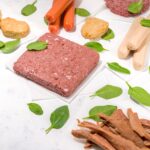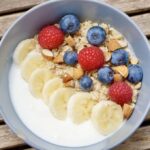Texture is an important sensory component of any food. But how do you reduce sugar while maintaining texture in yogurt?
Just as consumers, for decades, embraced low-fat diets out of health consciousness, many now perceive sugar to be a problem, and are looking to reduce their intake.
This sea-change in thinking can be attributed to a number of trends — from a growing body of research around sugar to rising diabetes and obesity rates, to legislation aimed at reducing sugar consumption around the world. Many are pointing to dairy food and beverage producers as those who are in the best position to seize these trends as an opportunity. After all, by using an enzyme called lactase, reducing sugar in dairy products is done easily enough, right?
Well, as is often the case, there’s more to this story. Sugar doesn’t just contribute sweetness to foods. It also contributes to the overall sensory experience of eating a particular food, including texture. In fact, research has shown that texture is just as important as taste in food formulation — and this is especially true of dairy.
When you eat, all five senses are engaged: from the sound of milk as it’s poured into a glass, to the softness of mozzarella as you bite into a slice. And once you’ve had a certain food, you’ll forever have a mental image of what the experience should be. As humans, this experience plays such a large role that our texture awareness is increased when those expectations are violated.
Enzymes can actually be used not only to reduce sugar and increase sweetness but as a natural method of preserving texture once that pesky lactose has been broken down.
You can visit Novozymes website to see the latest update about enzymes applications in dairy products.

